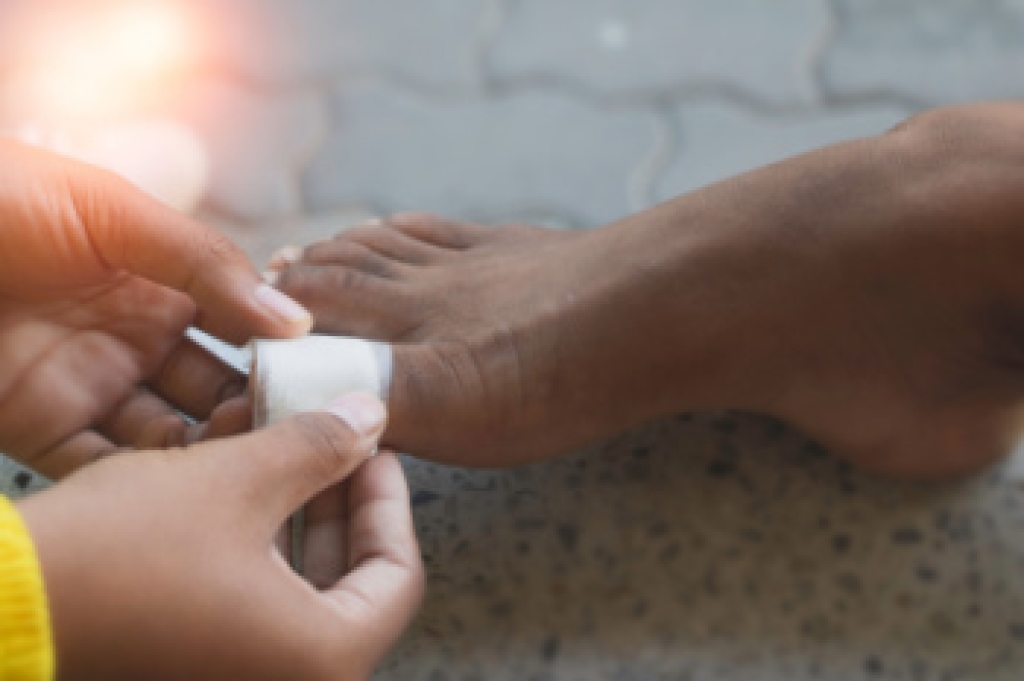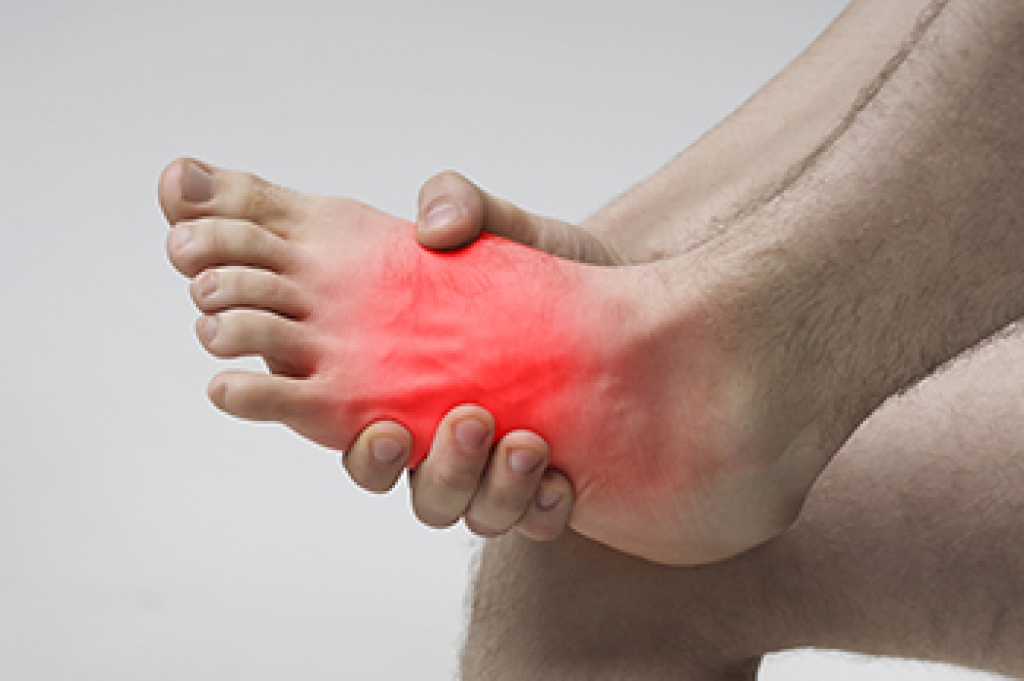
Blisters on the lower leg may appear suddenly and often signal more than simple irritation. While friction from shoes or clothing can cause fluid filled pockets, blistering eruptions may also point to underlying conditions. Infections, allergic reactions, burns, and even autoimmune disorders can present with painful or itchy blisters. Because the skin acts as a protective barrier, any break increases the risk of secondary infection, making prompt care important. Keeping the area clean, avoiding further friction, and covering with a sterile dressing can help protect the skin while healing. However, the cause determines the treatment, and self care alone may not resolve the problem. If you develop unexplained or recurring blisters on your lower leg, it is suggested that you consult a podiatrist for an accurate diagnosis and appropriate treatment plan.
Blisters may appear as a single bubble or in a cluster. They can cause a lot of pain and may be filled with pus, blood, or watery serum. If your feet are hurting, contact one of our doctors of Intercoastal Medical Group. Our doctors can provide the care you need to keep you pain-free and on your feet.
Foot Blisters
Foot blisters are often the result of friction. This happens due to the constant rubbing from shoes, which can lead to pain.
What Are Foot Blisters?
A foot blister is a small fluid-filled pocket that forms on the upper-most layer of the skin. Blisters are filled with clear fluid and can lead to blood drainage or pus if the area becomes infected.
Symptoms
(Blister symptoms may vary depending on what is causing them)
- Bubble of skin filled with fluid
- Redness
- Moderate to severe pain
- Itching
Prevention & Treatment
In order to prevent blisters, you should be sure to wear comfortable shoes with socks that cushion your feet and absorb sweat. Breaking a blister open may increase your chances of developing an infection. However, if your blister breaks, you should wash the area with soap and water immediately and then apply a bandage to the affected area. If your blisters cause severe pain it is important that you call your podiatrist right away.
If you have any questions, please feel free to contact our offices located in Bradenton, and Sarasota, FL . We offer the newest diagnostic and treatment technologies for all your foot care needs.




